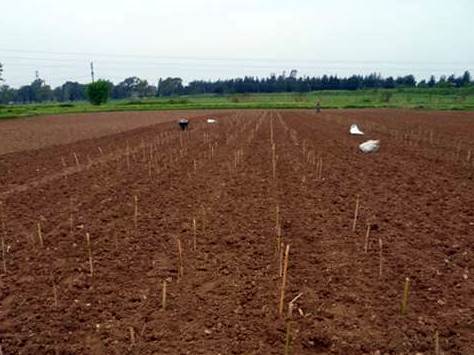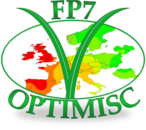News and Publications
March, 2018. Further OPTIMISC publications:
Present and future options for Miscanthus propagation and establishment. September 2015. Renewable and Sustainable Energy Reviews 49:1233-1246. DOI 10.1016/j.rser.2015.04.168
Miscanthus establishment and management on permanent grassland in southwest Germany. December 2017. Industrial Crops and Products 108:572-582. DOI 10.1016/j.indcrop.2017.07.024
Miscanthus establishment and management on permanent grassland in southwest Germany. December 2017. Industrial Crops and Products 108:572-582. DOI 10.1016/j.indcrop.2017.07.024
Environmental Influences on the Growing Season Duration and Ripening of Diverse Miscanthus Germplasm Grown in Six Countries. May 2017. Frontiers in Plant Science 8. DOI 10.3389/fpls.2017.00907
‘Collar propagation’ as an alternative propagation method for rhizomatous miscanthus. September 2017. GCB Bioenergy 10(3). DOI 10.1111/gcbb.12480
Extending Miscanthus Cultivation with Novel Germplasm at Six Contrasting Sites. March 2017. Frontiers in Plant Science 8. DOI 10.3389/fpls.2017.00563
Site-Specific Management of Miscanthus Genotypes for Combustion and Anaerobic Digestion: A Comparison of Energy Yields. February 2017. Frontiers in Plant Science 8:347. DOI 10.3389/fpls.2017.00347
November 18, 2016. Publication summarizing the main project's results is online:
Lewandowski I, Clifton-Brown J, Trindade LM, van der Linden GC, Schwarz K-U, Müller-Sämann K, Anisimov A, Chen C-L, Dolstra O, Donnison IS, Farrar K, Fonteyne S, Harding G, Hastings A, Huxley LM, Iqbal Y, Khokhlov N, Kiesel A, Lootens P, Meyer H, Mos M, Muylle H, Nunn C, Özgüven M, Roldán-Ruiz I, Schüle H, Tarakanov I, van der Weijde T, Wagner M, Xi Q and Kalinina O (2016) Progress on Optimizing Miscanthus Biomass Production for the European Bioeconomy: Results of the EU FP7 Project OPTIMISC. Front. Plant Sci. 7:1620. doi: 10.3389/fpls.2016.01620
http://dx.doi.org/10.3389/fpls.2016.01620
March 31, 2016. OPTIMISC project has been successfully completed.
Summary of the project goals and achievements of the 4th (and last) project period:
Project context and objectives:
Miscanthus is a leading species for production of lignocellulosic feedstocks because it utilises both C4 photosynthesis and a perennial rhizome system which results in high output:input energy ratios. Currently only a single clone, M. × giganteus is commercially cultivated in Europe. Research over the past 20 years has demonstrated that breeding and selection of Miscanthus types are needed to extend the production areas and diversify the bioproduct chains.
The main objective of OPTIMISC is to optimize Miscanthus bioenergy and bioproduct chains by trialling elite germplasm types over a range of sites across central Europe, Ukraine, Russia and China. In doing so, the key traits that currently limit the potential of Miscanthus are analysed,
high-value bioproducts are identified and the combined results are modelled to provide
recommendations to policymakers, growers and industry. The outcomes of the project include screened germplasm and solutions to several key bottlenecks in Miscanthus cultivation.
The OPTIMISC consortium consists of 12 partners within and outside Europe. The project activities are divided into eight work packages (WPs) with WP1 fully dedicated to the management and coordination of the activities to ensure successful accomplishment of the project’s goals.
Partners involved in WP2 were responsible for the initial selection, propagation and distribution of Miscanthus germplasm for experiments in WP3 and 4. In the fourth period, further work was carried out on increasing the efficiency of the propagation rate from in vitro tillering using different combinations of phytohormones in the culture media.
In WP3 a suite of experiments were conducted to characterise the abiotic stresses: drought, salinity, cold and freezing. Useful diversity was found for further breeding. In the WP4 multilocation trials growth parameters, yield and quality were determined in a wide range of environments.
In WP5 large-scale field trials in Germany, Ukraine and UK were used to develop commercial scale know how for establishment, harvesting and utilization of novel Miscanthus hybrids.
The WP6 objective was to identify high-yielding Miscanthus genotypes which produce biomass of excellent quality for different added-value uses and which are optimal for multiple plant-derived bioproducts.
Data gathered in WPs 4-6 have been integrated into the miscanthus production model Miscanfor to produce yield estimates spatially. Projected yields have been supplied as base data into several life-cycle analysis (LCA) models and other decision support tools to identify optimum Miscanthus production scenarios in varying environments (WP7).
Through the dissemination activities initiated in WP8, information on the project, project outcomes and recommendations for specific user groups are communicated to a wide range of stakeholders.
Description of work performed and main results achieved by March 2016:
Selection of the germplasm for the experiments in WP3-6 was made in 2012. By 2013, about 100 Miscanthus genotypes had been transferred to in vitro culture. A subset of genotypes were selected for the WP4 multi-location trials and about 15,000 plants were planted in May 2013. Methods for in vitro work have been continuously improved throughout the project.
WP3 experiments aimed to screen wild and hybrid miscanthus germplasm for their tolerance to drought, salinity and low temperatures. A set of genotypes combing tolerance to both salt and drought stress were identified. For drought tolerance, water use efficiency and root development appear to be two important traits. For salt tolerance, ion exclusion mechanisms appear to confer stress tolerance. A next step would be to evaluate the yield performance of these genotypes and their progeny on marginal land sites. Useful diversity was also observed for spring chilling tolerance.
Overwinter cold tolerance was assessed with artificial freezing tests to determine LT50. Significant variations in LT50 were found in the 100 OPTIMISC selections; this information helps to project an extension to the geographic range for the crop using Miscanfor model.
The plot trials established at six locations in Europe, Russia and Turkey with 15 types of miscanthus showed large genotype x environment effects. Growth measurement protocols were standardised in 2013 and applied through 2014, 2015 at all sites as the plants in the plots matured. The elite hybrid OPM-6 showed the highest biomass production as an average across all sites.
In China seed from 36 wild accessions were planted in 2013 at two sites near Dongying with natural soil salinity variations. Different growth responses were observed over three years leading to recommended selections for further breeding. The effects of different planting and mowing regimes on miscanthus establishment in grassland and yields in the mixed grassland/miscanthus production systems were assessed in trials on marginal land in Germany.
Commercially relevant large-scale field trials were established in UK in 2012 and in Ukraine and Germany in 2013 using ‘seed to plug to field’ planting methods for the first time on this scale. Innovations were made to improve efficiencies along the production chain from field to furnace. An added value chain including chlorophyll extraction showed the potential for a ‘stay green’ population hybrid with more in season cutting tolerance than standard M. x giganteus.
In WP6 the quality of biomass from the WP4 trials was quantified and a range of biobased product chains were evaluated including biogas, saccharification and combustion. The interplay between cell wall composition of different genotypes harvested at different times on the different product types was studied, as well as how this is influenced by harvest regime, abiotic stresses and geographic location using the harvested material from the quality dedicated field trials (WP6), the multi-location trials (WP4) and the abiotic stress tests (WP3). Both a large genotypic variation in quality traits and a strong environment effect on genotype performance have been observed.
Harvesting model for optimization of biomass quality (WP7) has been developed. Samples of biomass from field trials at several sites were taken and analysed for quality and composition. The data collected were fed into harvesting model.
OPTIMISC’s website is updated on a regular basis and public newsletters are released (WP8). Over 30 dissemination activities directed at all stakeholder levels were carried out. OPTIMISC was presented at numerous scientific conferences, exhibition events and at the demonstration day in the UK. The project final conference took place in 2015. Ten articles have been published or accepted for publication in peer-reviewed scientific journals so far. Two special issues in the scientific journals on the topic have been initiated.
Final results and potential impacts:
The final outcomes of the project include screened germplasm and knowledge providing solutions to key bottlenecks in Miscanthus cultivation. Data gathered in the OPTIMISC experiments enabled the development of the decision-support tool to identify optimum production scenarios.
Recommendations have been provided to Miscanthus developers on appropriate genotype selection, propagation and processing methods to maximize the environmental, economic and social benefits of this bioenergy crop. Finally, the development of the full potential of Miscanthus through OPTIMISC will contribute to Europe’s transition to a sustainable biobased economy.
The propagation of the plant material for the OPTIMISC experiments was based on in vitro culture techniques, rhizomes and seeds. The final outcomes of the WP on propagation (WP2) are
improvement of tissue culture techniques relating to rooting of plants and the use of shoot tips in addition to nodal buds as the method of plant multiplication by direct in vitro tillering. Propagation methods have been compared and evaluated with regard to their practicability, efficiency and commercialization.
The main results of WP3 are the identification of traits that contribute to abiotic stress tolerance in Miscanthus, assessment of the genetic diversity of abiotic stress tolerance in a broad set of Miscanthus genotypes and selection of genotypes with favourable tolerance of abiotic stress. We identified genotypes that can be used for improved cultivation of miscanthus on marginal lands. In addition, several traits for various stresses were identified that can aid in the selection of new genotypes with favourable growth under adverse conditions, and can be used for efficient selection in breeding programs for improved stress tolerance in miscanthus.
The multi-location trials (WP4) allowed to identify elite high-yielding genotypes. Experimental
agronomy trials for establishment of miscanthus in grasslands in Germany and screening trials for salinity tolerance in wild germplasm in China both help ensure the crop of the future can be grown on lower-grade land. Combining traits with climatic and edaphic factors in modelling contributes to the knowledge on appropriate selection of miscanthus genotypes for a range of good and marginal lands.
The main results of WP5 are the development of a full agronomic procedure for commercial-scale establishment of new Miscanthus hybrids, including planting, plant care and management, and improvement of harvest technologies and pelletizing options.
Important outcomes of WP6 are the identification of genotypes with superior performance for
different aspects of biomass quality, ranging from biogas, bioethanol production or combustion to novel bioproducts. The scientific outcomes provide insights into the extent of exploitable variation in Miscanthus in cell wall composition and biomass quality parameters and how these traits are influenced by genotype, environment, harvest date and harvest regime (multiple cuttings).
The main final result of WP7 is the development of a harvesting model to optimize biomass quality and dry matter yield and to define the best harvesting time for each genotype to achieve optimal biomass quality for specific end uses. Based on life-cycle analysis (LCA) and cost assessment, the best performing Miscanthus-based value chains have been identified for the tested locations.
Dissemination work activities communicate the project outcomes to relevant stakeholders along the Miscanthus value chains, whereas linking of OPTIMISC information platform with the International Miscanthus Society’s and French Miscanthus information websites strengthens the participation of SMEs and industry in Miscanthus-related projects, stimulates information flow and networking of Miscanthus stakeholders.
November 2015. Wild-growing Miscanthus lutarioriparius around Dongting Lake, China, used for paper and food ("pickles") production.
There are approximatelly 100,000 ha wild-growing Miscanthus lutarioriparius in the coastal area of Dongting Lake, China. The height of wild M. lutarioriparius plants in this area can reach up to 5 m. The biomass yield is however quite low, ca. 12 t DM ha-1 yr-1, due to the senescence and degradation of wild plants (sparse shoots).
Biomass is mostly used for paper-making with an average biomass price of 600 CNY per ton. Since 2013, there is a new application of these wild miscanthus plants called "pickle-making", pickling the young shoots collected in early spring. In 2014, approximate 5,300 t pickled miscanthus shoots was produced with a production value of 0.5 billion CNY. The main limitation on the development of miscanthus pickle-making industry is the short harvest period (lasts 2-3 weeks) for the young shoots. Nevertheless, miscanthus pickle-making is a vigorously promoted by the local government industry with an ambition of producing 20,000 t pickled miscanthus shoots in 2015. In contrast, no energy-related utilization of this wild miscanthus is reported.
Photos and information: Xue Shuai, University of Hohenheim/Hunan Agricultural University, OPTIMISC.
Miscanthus harvesting by hand
Large areas of wild-growing Miscanthus
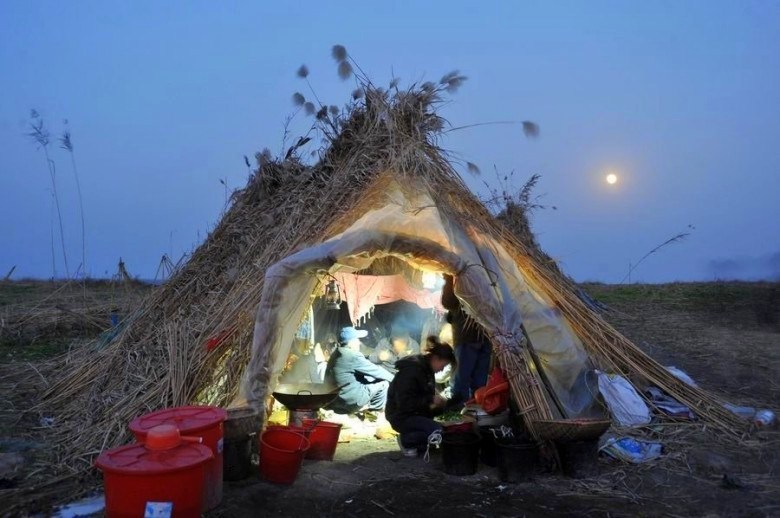
Temporary haus for the workers harvesting miscanthus at Dongting Lake in China
Plant height
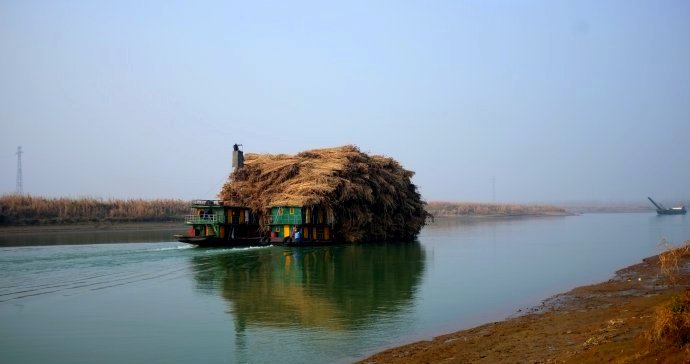
Transportation
October 2015. Flowering and senescent miscanthus genotypes of the miniplots and cold tolerance trials at ILVO, Melle, Belgium. OPTIMISC Project. 12/10/2015
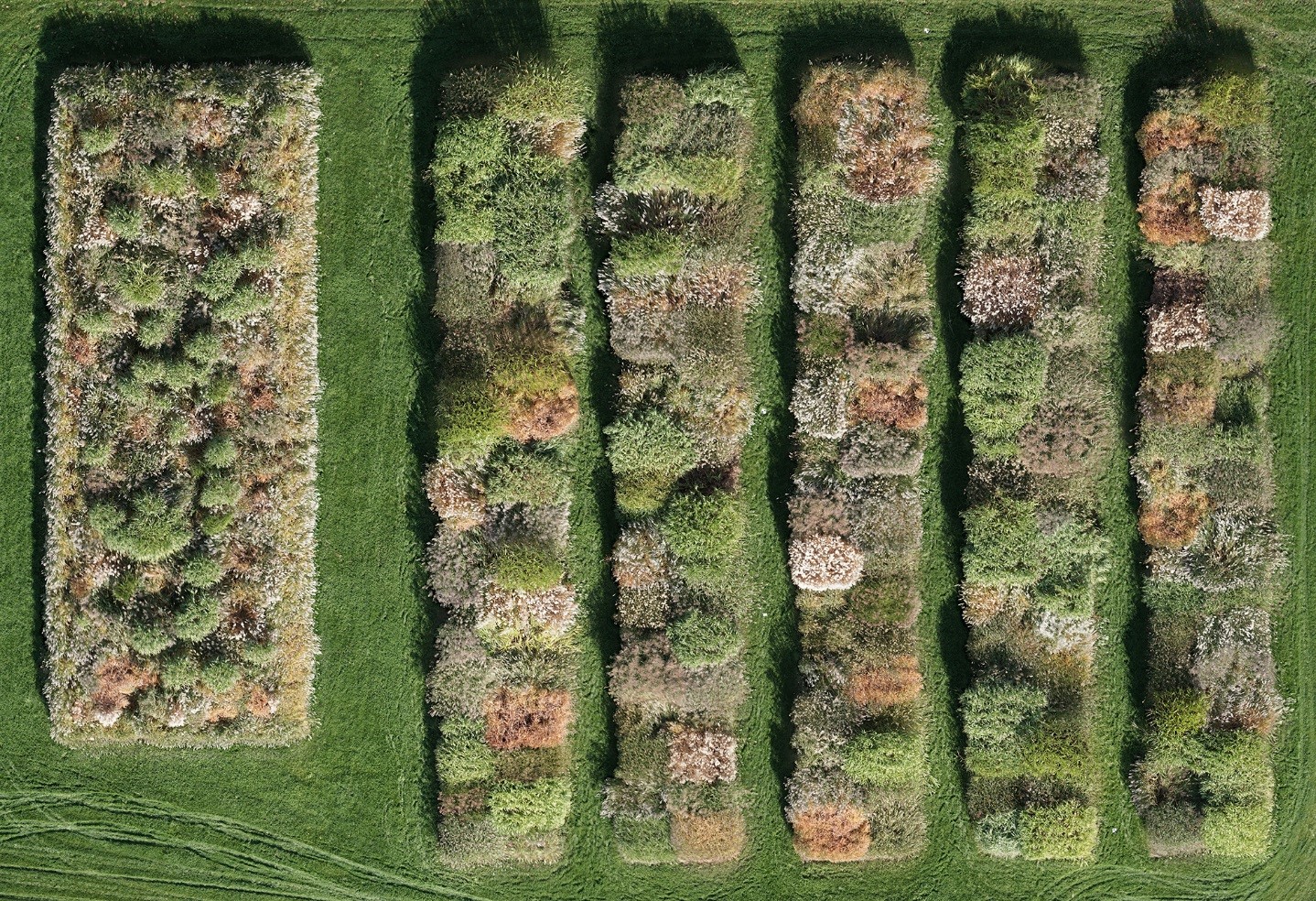
September 2015. The Conference Proceedings / Book of Abstracts has been published on the conference website: www.biomass2015.eu
September 2015. The conference Perennial Biomass Crops for a Resource-Constrained World took place in Stuttgart-Hohenheim on 7-10 September and brought together 130 scientists and stakeholders from 26 countries, from Europe, USA and Asia.
The results of the EU and national research projects OPTIMISC, OPTIMA, GrassMargins, WatBio and FIBRA were presented and complemented by the interesting contributions and demonstration stands of the end-users of biomass crops and products. www.biomass2015.eu

June 2015. OPTIMISC large-scale trials presented at CEREALS 2015, the biggest annual fair and event for crop growers in the UK, Lincolnshire.
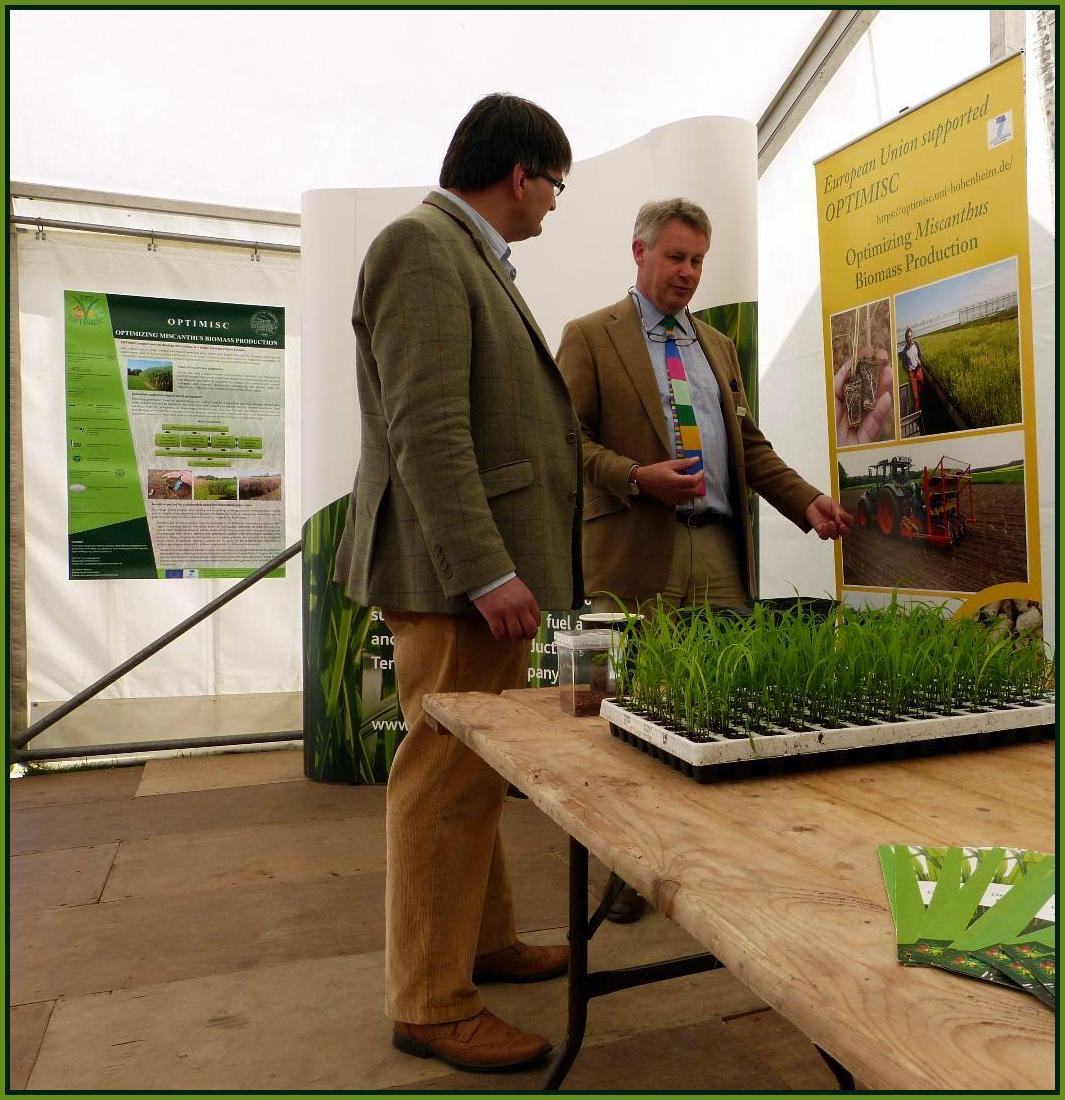

May 2015. VII Congress of the European Society for Soil Conservation ESSC- 2015 «Agroecological assessment and functional-environmental optimization of soils and terrestrial ecosystems», Russia, Moscow, Russian State Agrarian University (RSAU), 18-22 May 2015.
During the Congress participants from the Czech Republic, Italy, the Netherlands, Serbia, Slovakia, Spain together with the President of the ESSC Prof. C. Dazzi (Italy) visited Moscow site of the OPTIMISC multi-location trial and were informed about the international cooperation in the studies on miscanthus (photo with Prof. N. Khokhlov, head of Moscow WP4 team).
October 2014. Field trial with 15 miscanthus genotypes in Stuttgart, Germany.
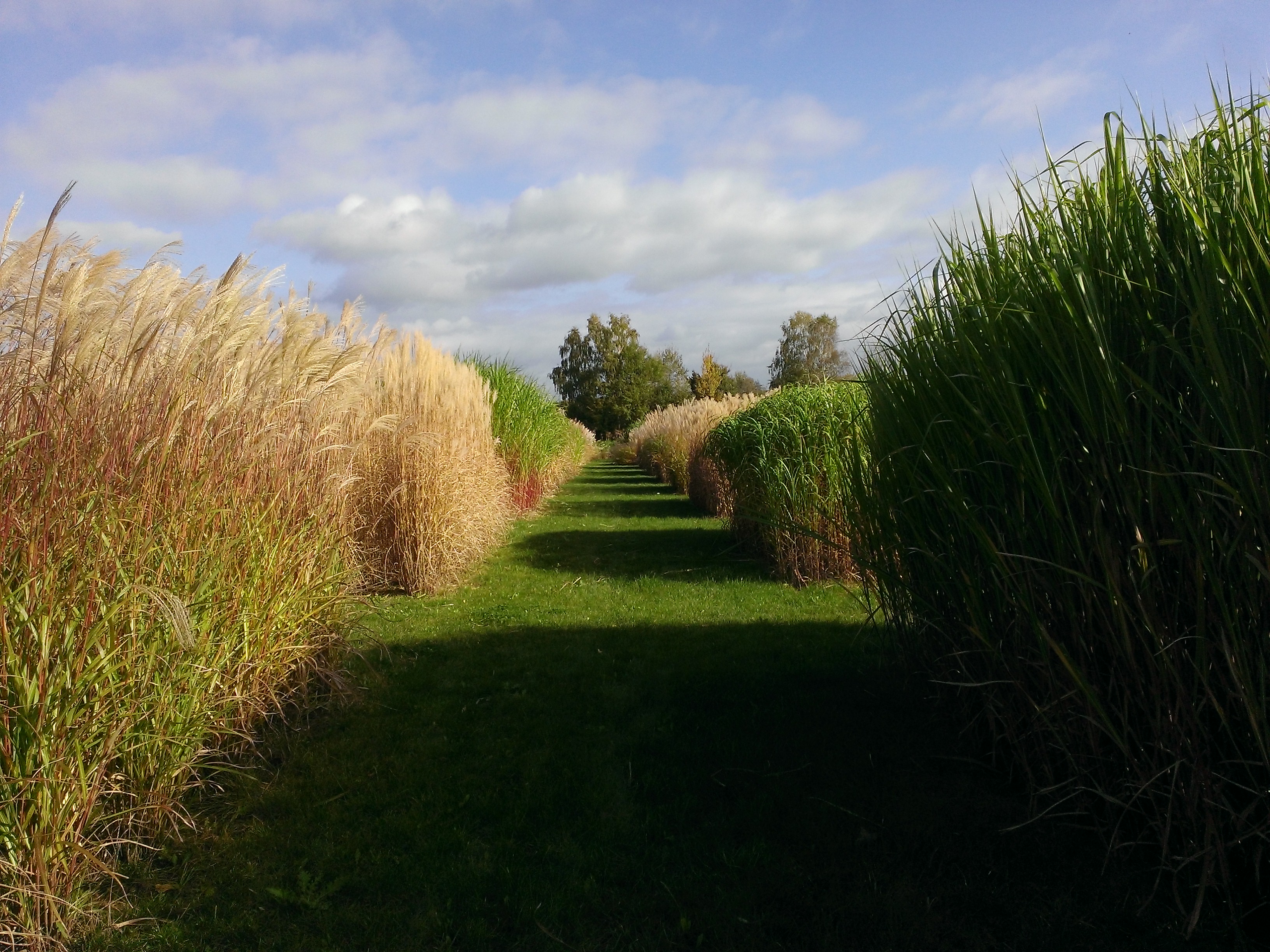
June 2014. OPTIMISC field trial in Adana, Turkey. 15 miscanthus genotypes were established in spring 2012.
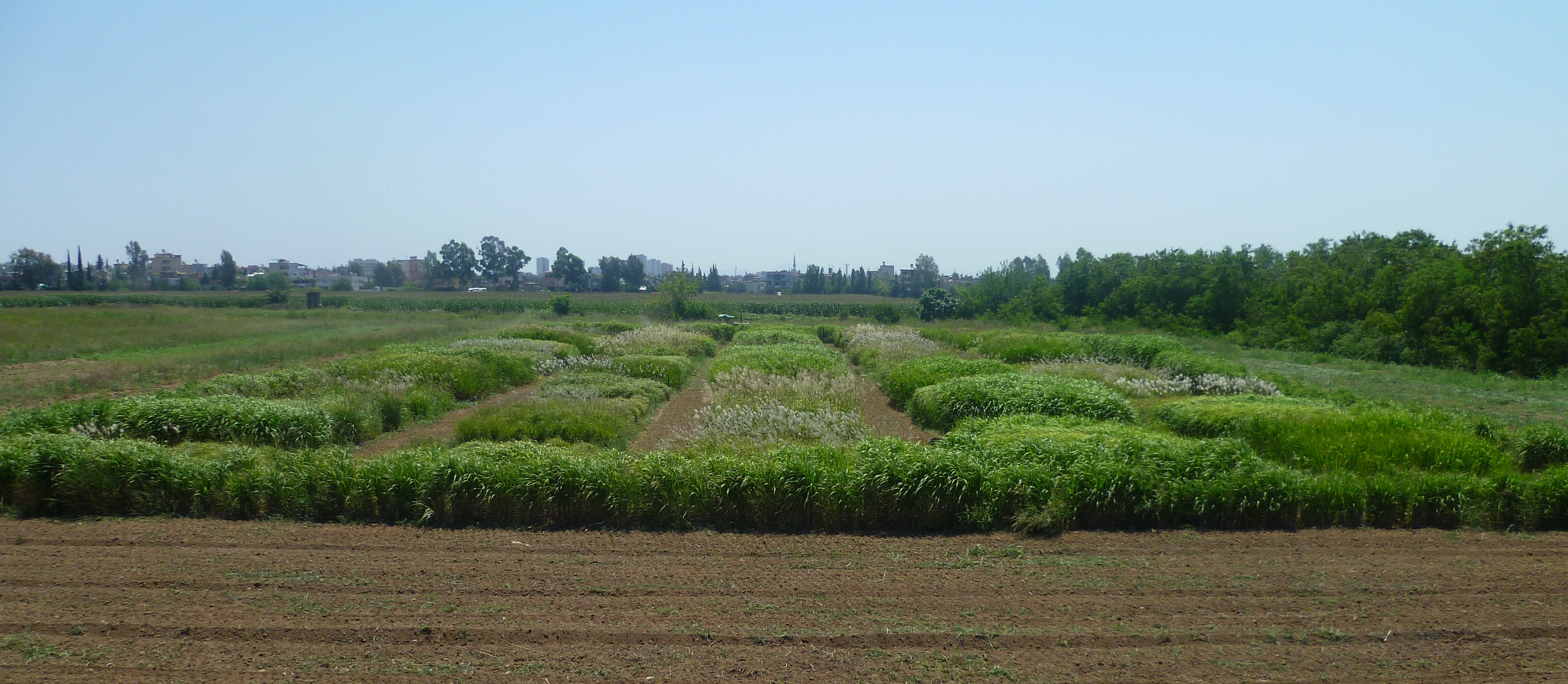
May 2014. Miscanthus established in grassland on marginal land. Germany. 3rd year of trial.
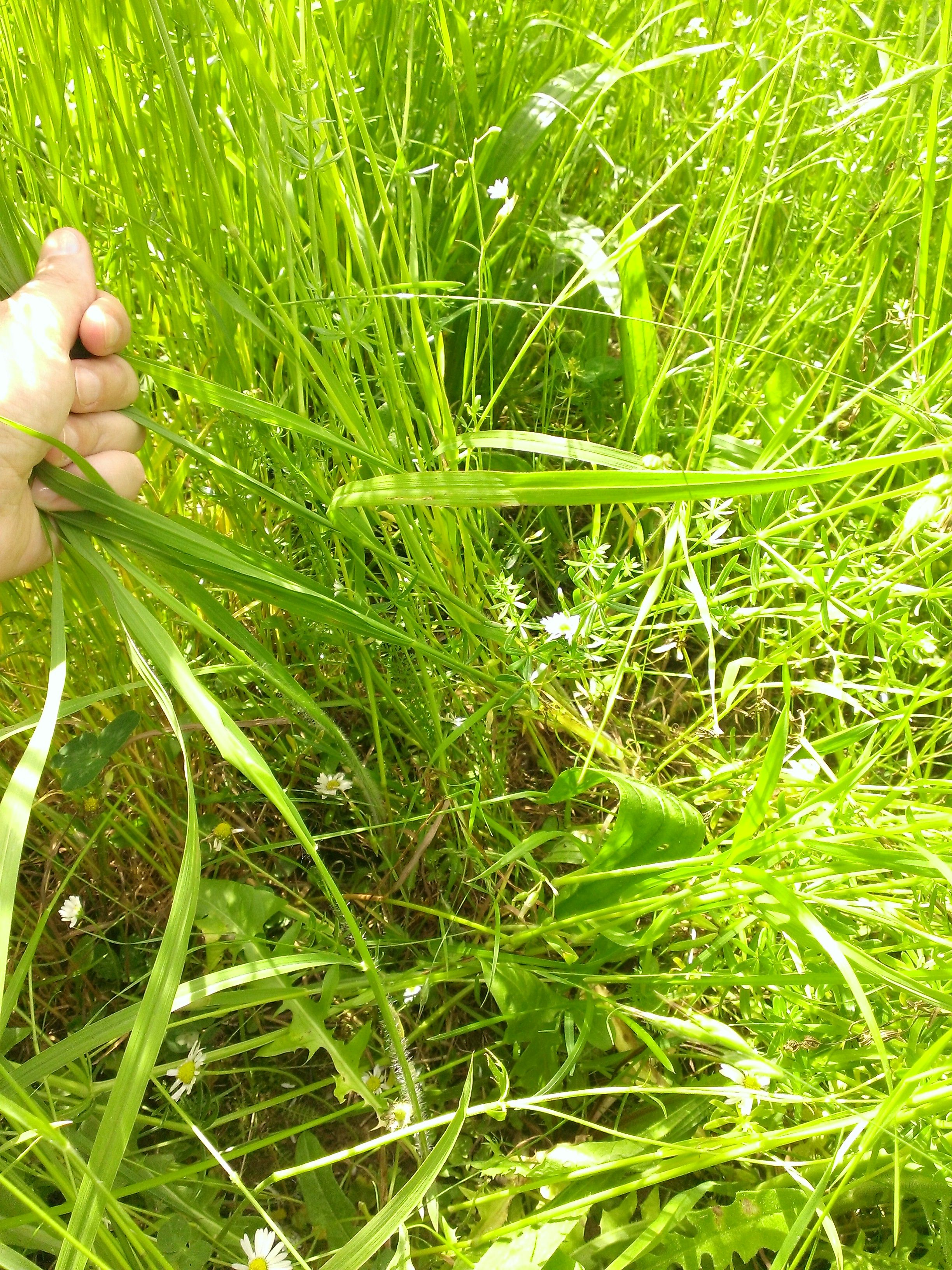
May 2014. OPTIMISC multilocation trial in Stuttgart, Germany.
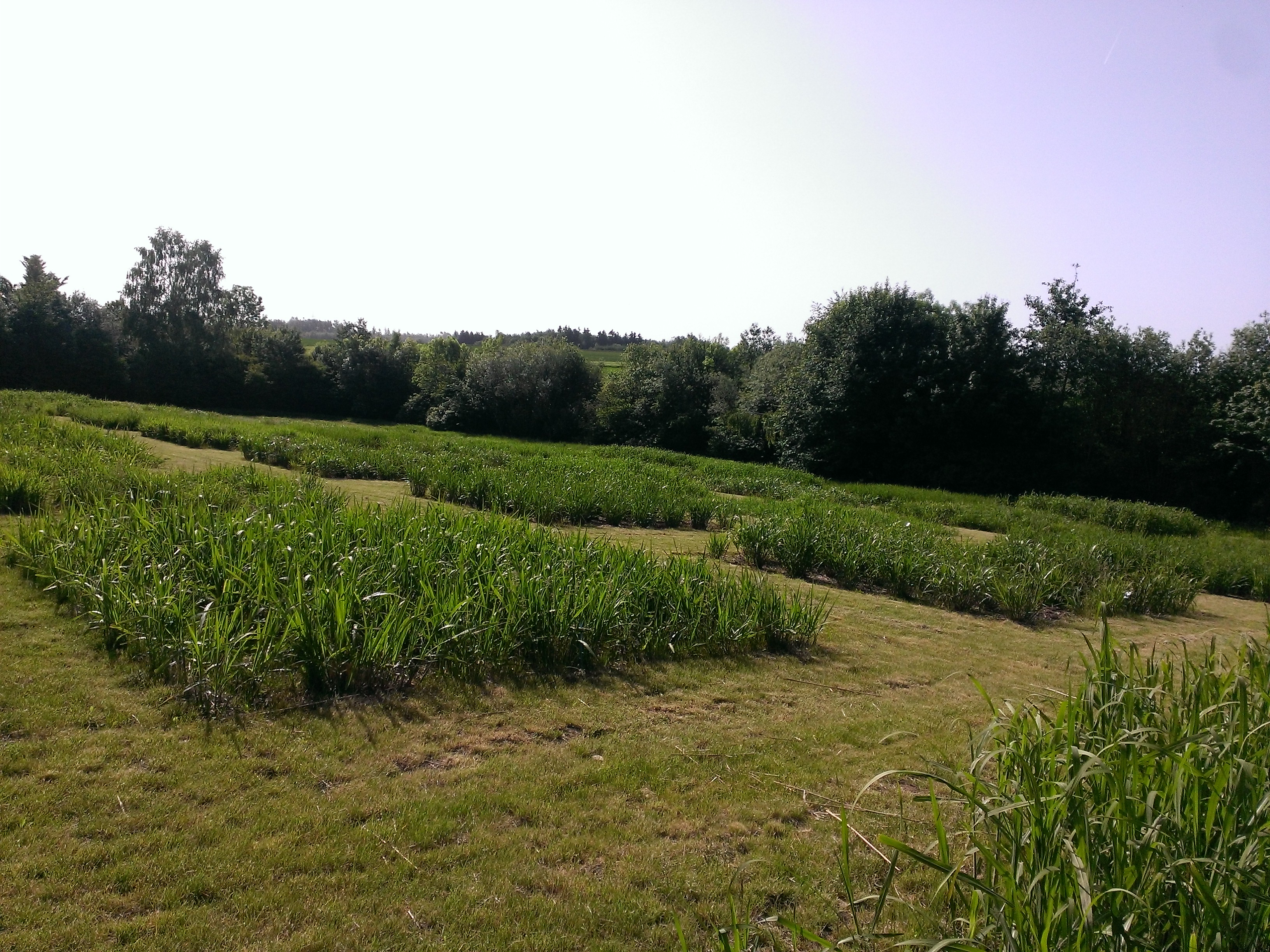
February 2014. Harvesting OPTIMISC multilocation trial in Adana, Turkey
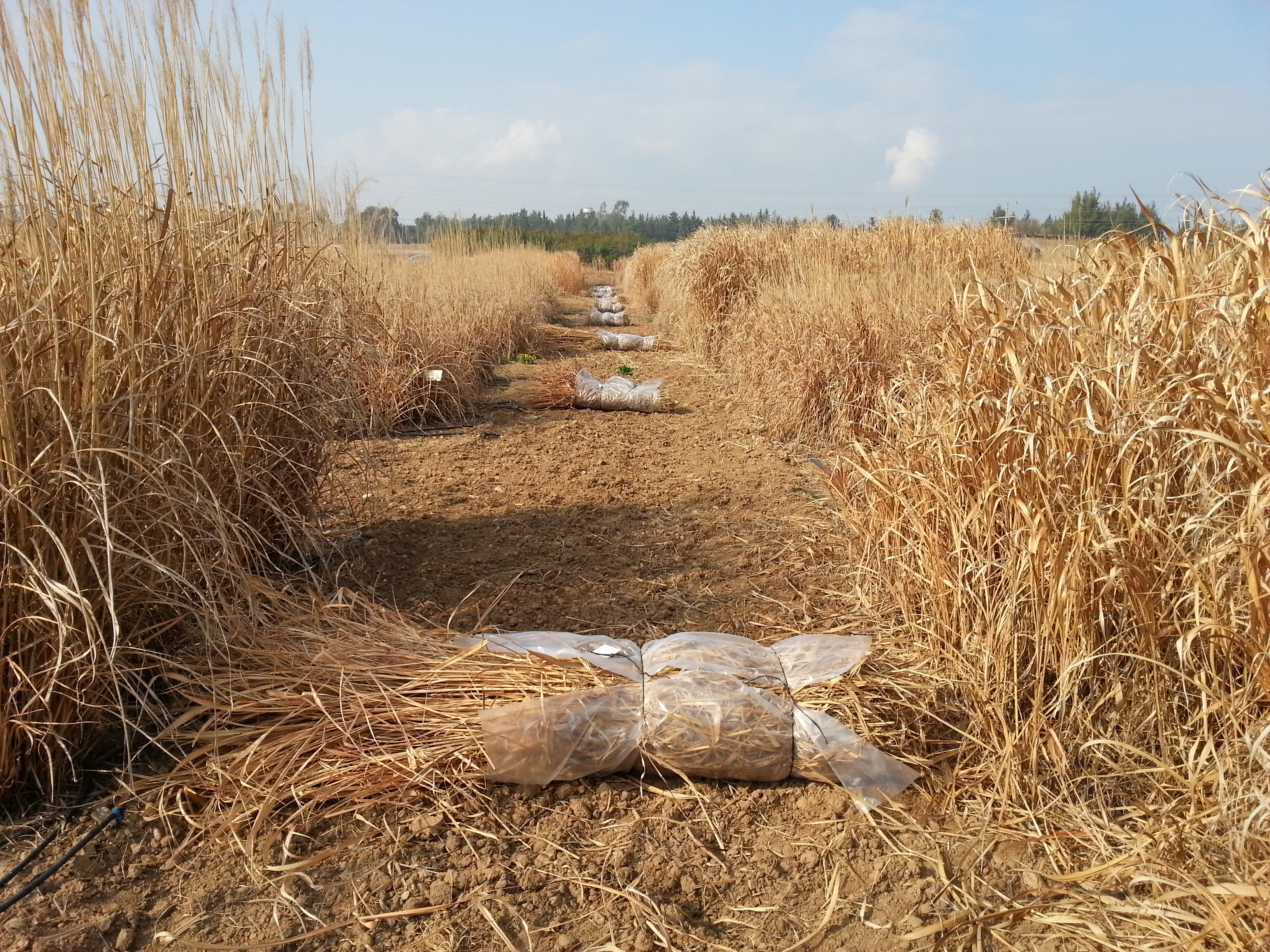
January 2014. Large-scale trial in Potash, DAZ, Ukraine
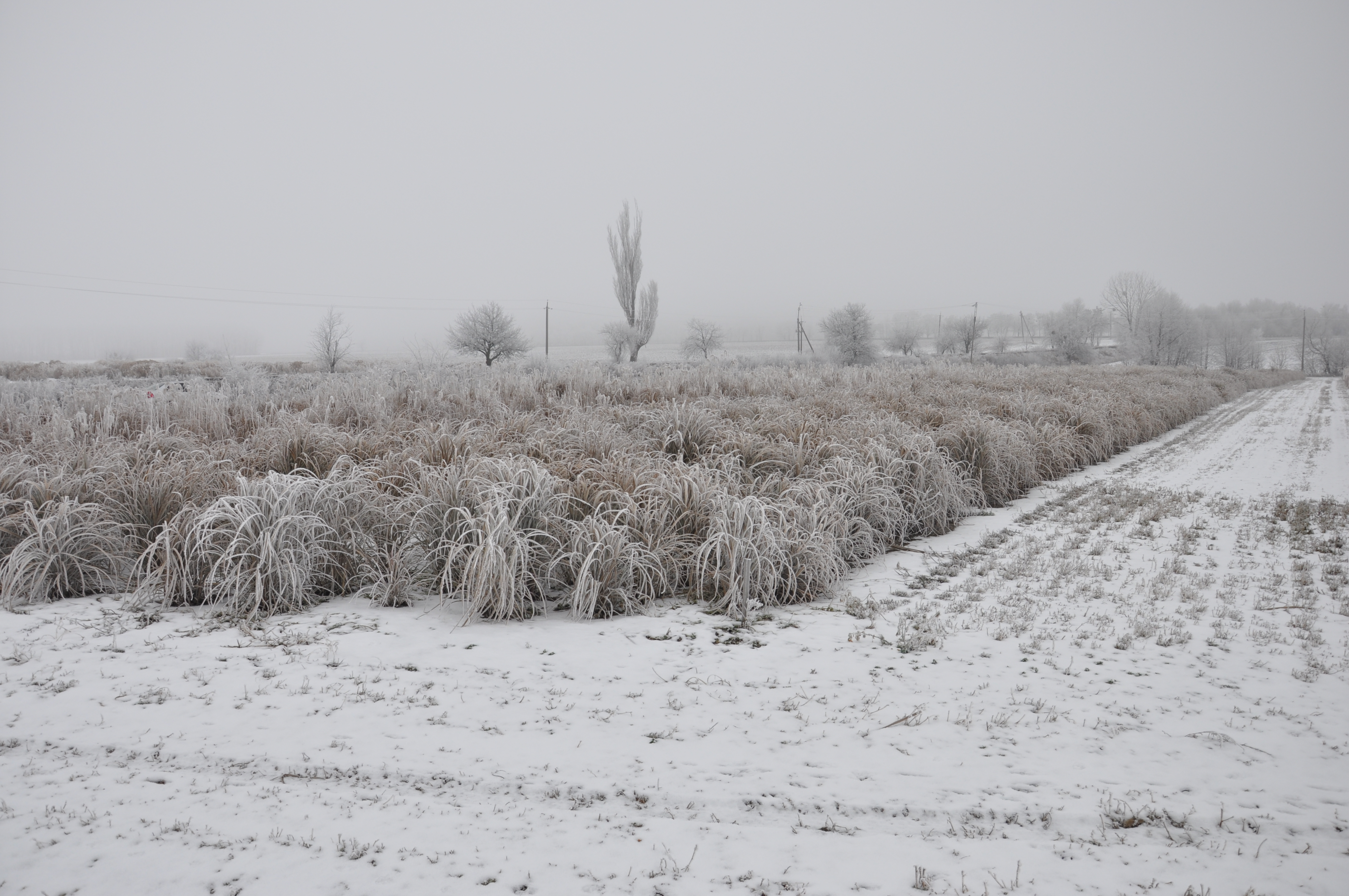
7-9 October 2013. The yearly meeting of the Consortium partners (General Assembly) took place in Lincoln, UK.
During the meeting, the project progress and the first results have been discussed. The partners had also an opportunity to visit miscanthus plantations of Blankney Estate (Blankney, Lincoln).

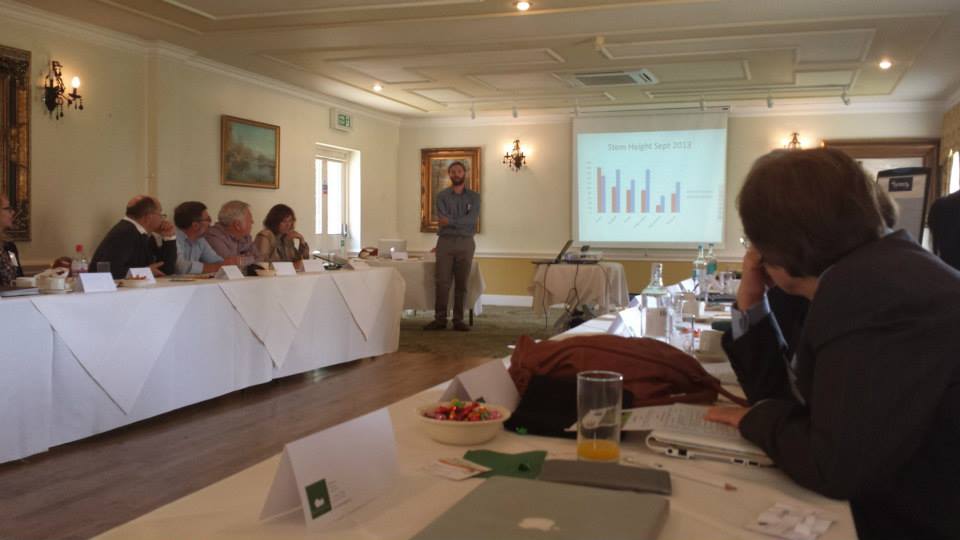
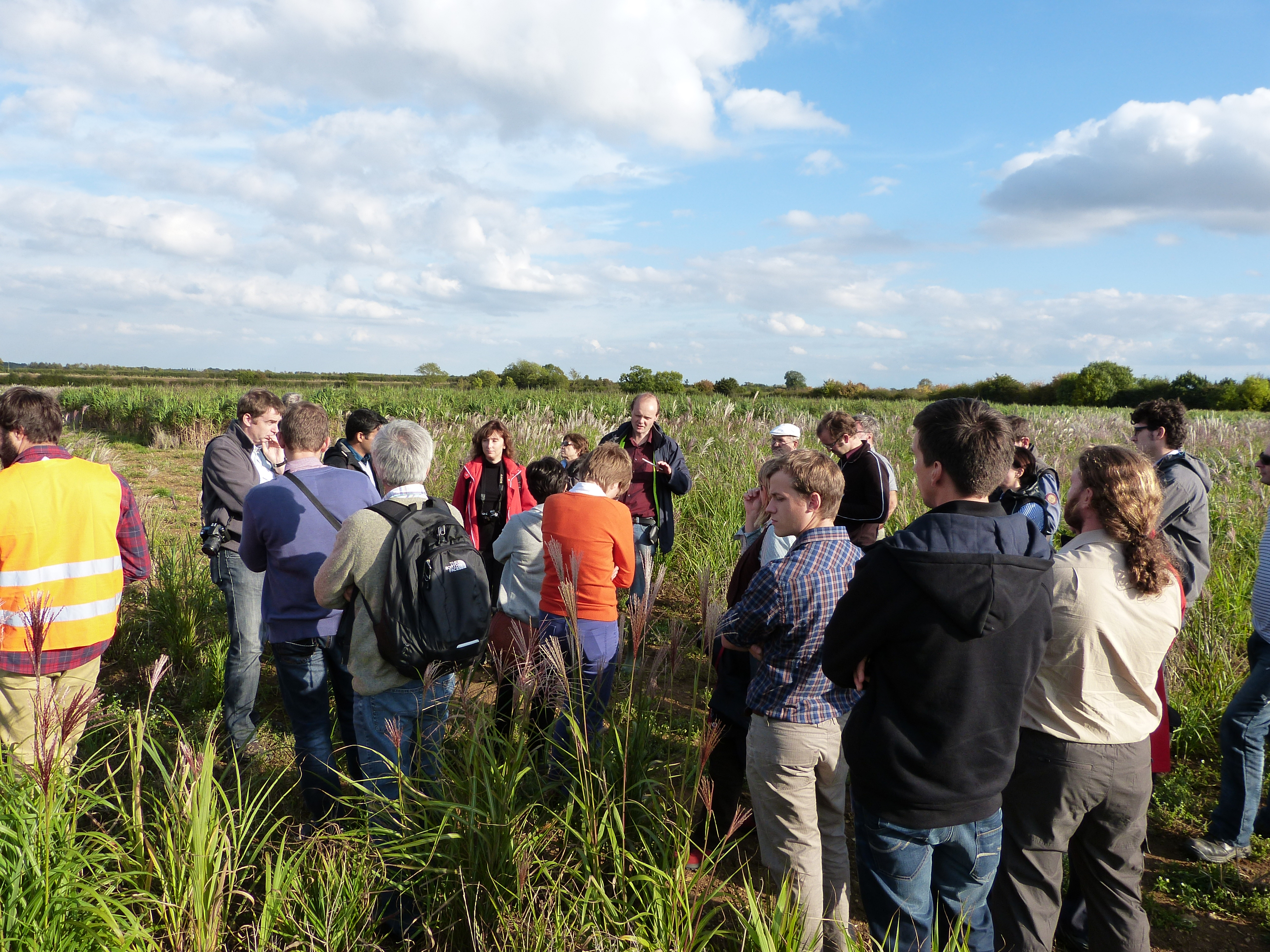
4 June 2013. OPTIMISC project has been presented to the Queen of the Netherlands Máxima during her visit of the University of Hohenheim, Stuttgart, Germany.
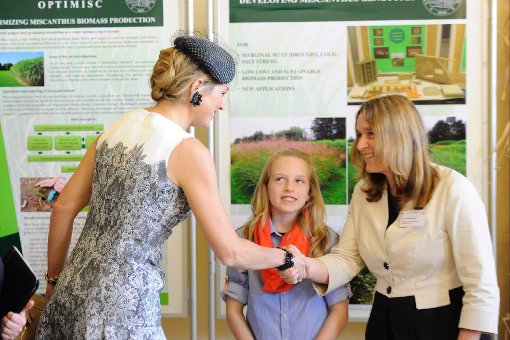
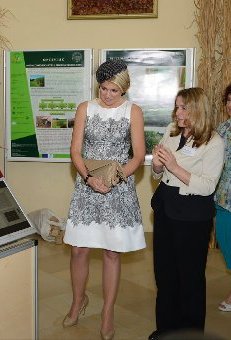
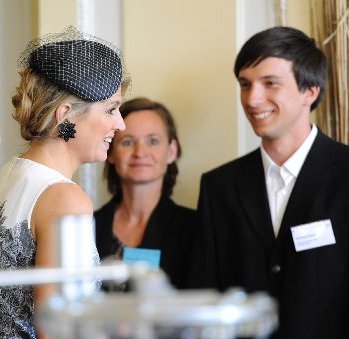
Photos taken: www.7aktuell.de | Oskar Eyb
30 March 30 2013. OPTIMISC miscanthus trial in Moscow. Only plant tips can be seen. Snow cover 70 cm.
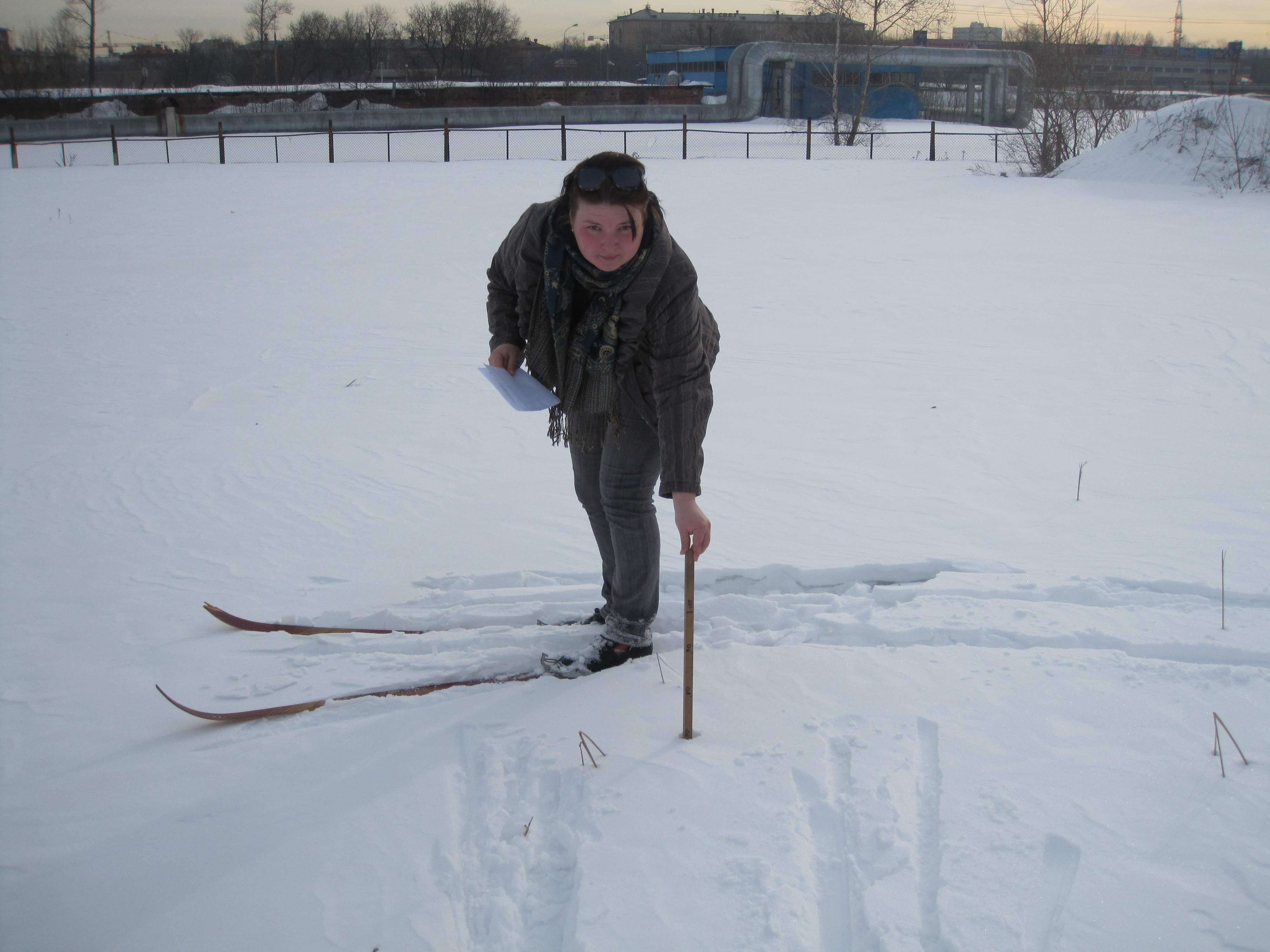
March 21-23, 2013. OPTIMISC has been presented at 'Biomass Forum - Regulation, processing, logistics, usage' in Poland where Dr. Michal Mos gave a presentation 'Current development in plant biotechnology and breeding in energy grasses' introducing the project to the conference participants.

Large-scale trials 2013. Preparing the field site for planting OPTIMISC large- (near-commercial) scale trial is on-going in Germany. In 2013, two large-scale trials will be established in Germany and in Ukraine. The main objective in these trials (WP5) is to investigate approaches to overcome bottlenecks for large-scale commercial harvest of biomass for novel bio-products and bioenergy. Biomass characteristics along the production chain can be improved through optimizing harvest time and harvest technique, optimized fuel format, storage and transport efficiency.
OPTIMISC large-scale trials therefore will serve for:
- identification of phenotypic variation in moisture content in biomass, biomass density;
- improving postharvest processing of biomass to increase density and homogeneity with pellets and compact bales;
- developing harvest sub-model to make recommendations on the optimum harvest strategies.
Field site for planting 0,6 ha trial in Germany
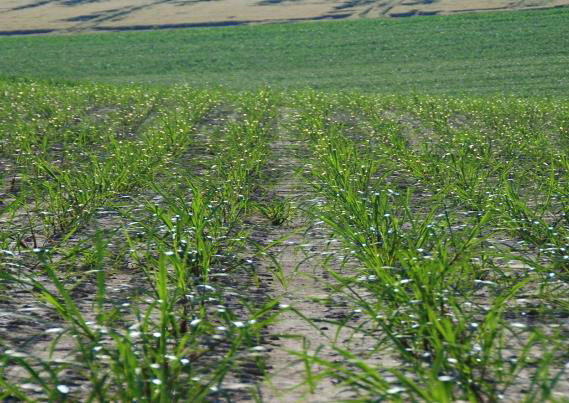
OPTIMISC large-scale trial in Blankney, UK established in 2012.
Start of the field season 2013.
The field season has started for OPTIMISC multilocation trails. Throughout the vegetation season, morphological, physiological and plant developmental parameters will be assessed at regular time intervals and meteorological data will be recorded daily. The data collected will provide important material for modeling and information on the miscanthus genotypes performance in different climates.
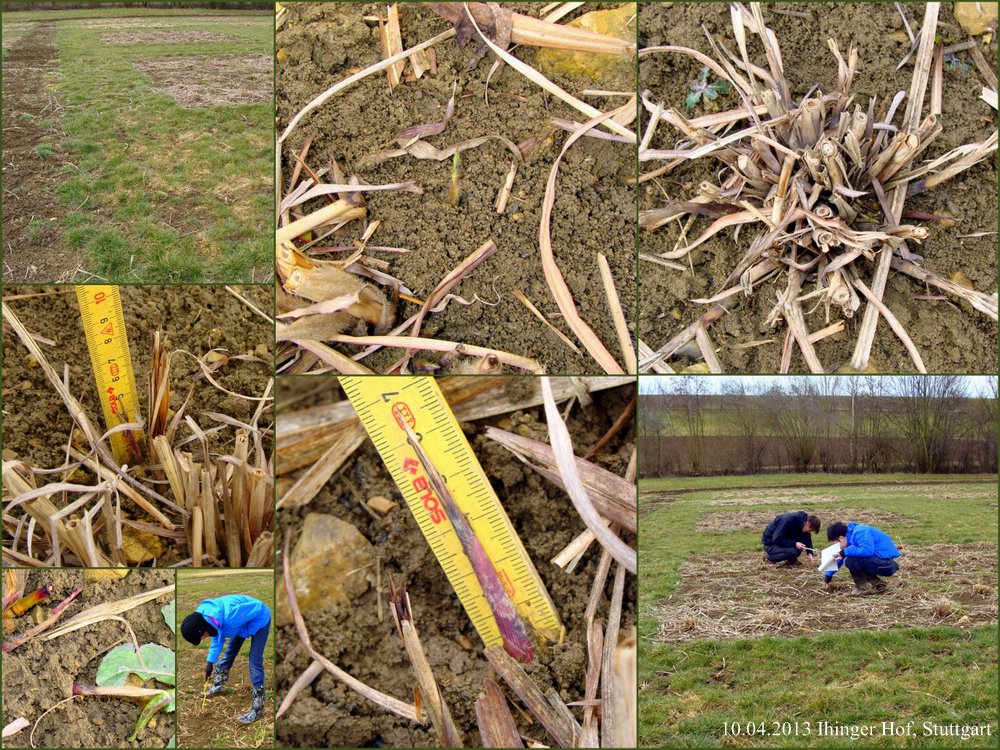
February 26-27, 2013.
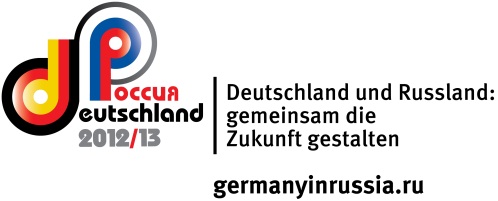
OPTIMISC project was presented at the international conference “Future of Bio-Energetics: Opportunities of Russian-German Collaboration”, Moscow, Russia, 26-27 February 2013. Conference audience – scientific community (higher education and research) and media, over 50 participants. Special interest was observed to the multi-location trial network and perspectives of Miscanthus spp. introduction as energy crop to the specific climatic conditions of Central Russia.
Prof. Ivan Tarakanov
© Iren Zaitseva, photo
February, 2013. The 1st OPTIMISC harvest has started. Miscanthus biomass will be harvested from multilocation trials in six participating countries.
Harvest in Ukraine. 15.02.2013
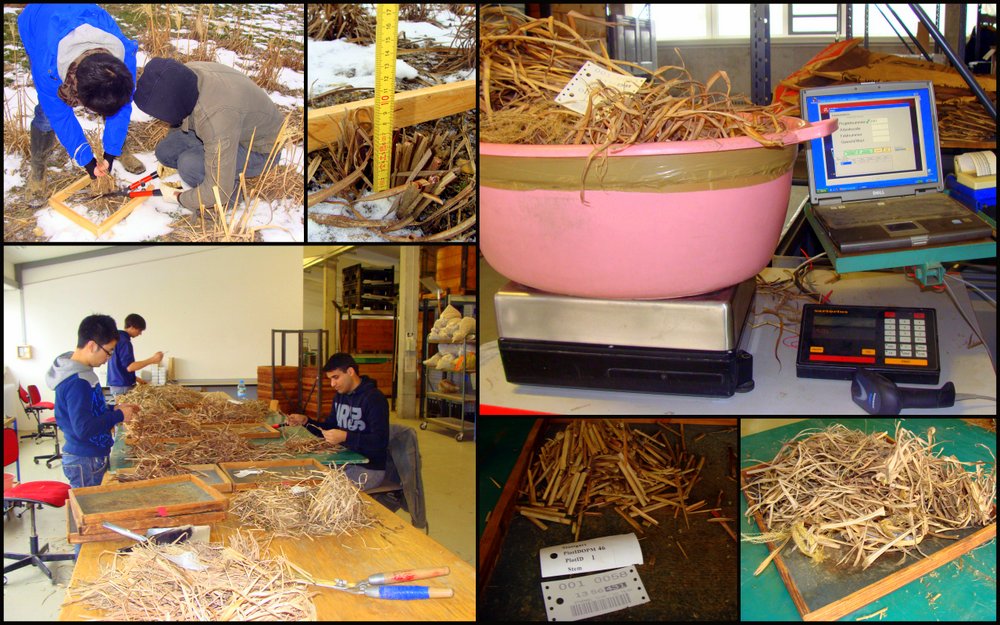
Harvest in Germany. 21.02.2012
November, 2012. 2nd General Assembly meeting of OPTIMISC Consortium took place in Stuttgart, at the University of Hohenheim.
September- November 2012. The 36 native accessions of miscanthus have been collected from various wild habitats in China to be used in OPTIMISC salinity tolerance trial in 2013.
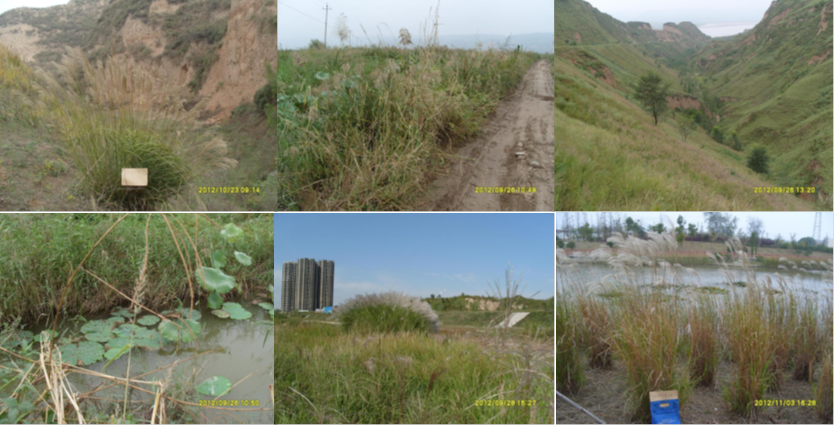
July, 2012. Planting of the large-scale miscanthus trial (WP5) was completed in Aberystwyth, UK.
July 2012. Planting 60.000 miscanthus seedlings by hand in Blankney, UK.
The same large-scale trial later in summer 2012.
May 30, 2012. Miscanthus trials established in two grassland areas. Ihinger Hof, Germany.
Miscanthus established in grassland on good (left) and marginal (right) soil.
May 22, 2012. OPTIMISC multilocation trial was established in Aberystwyth, UK.
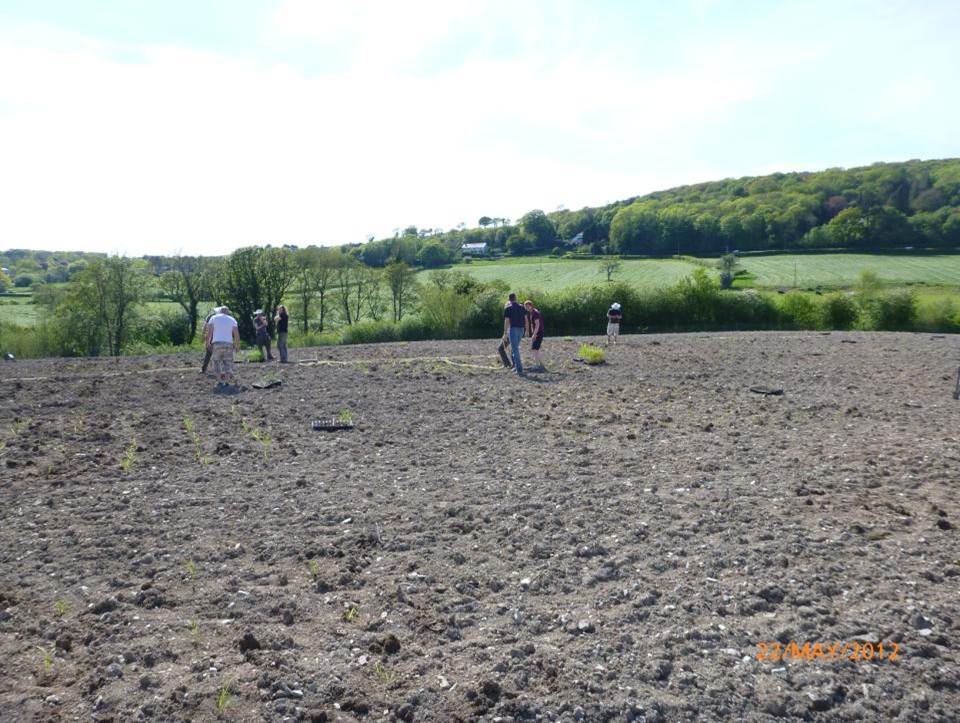
May 22, 2012. OPTIMISC multilocation trial was planted in Ihinger Hof, Germany.
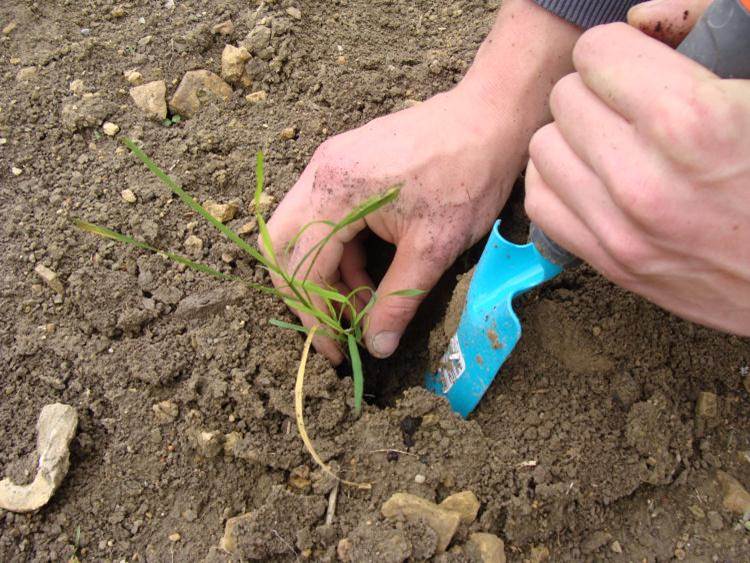
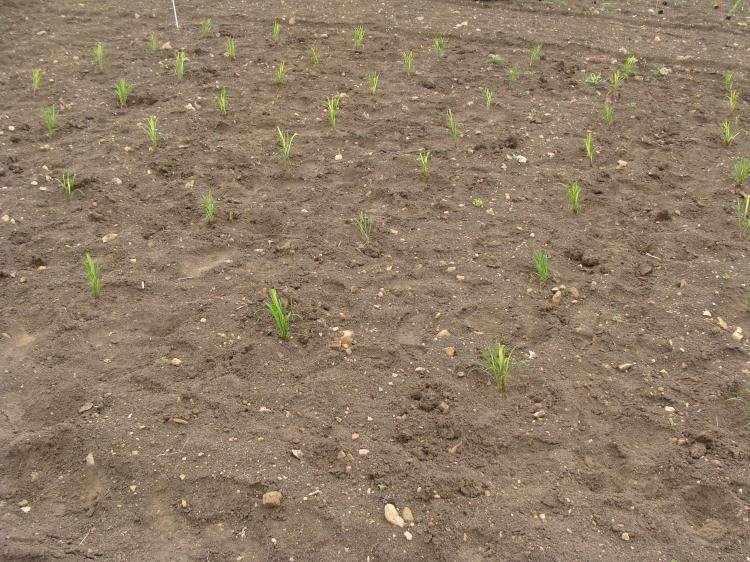
May 21, 2012. OPTIMISC multilocation trial was established in Moscow, Russia.
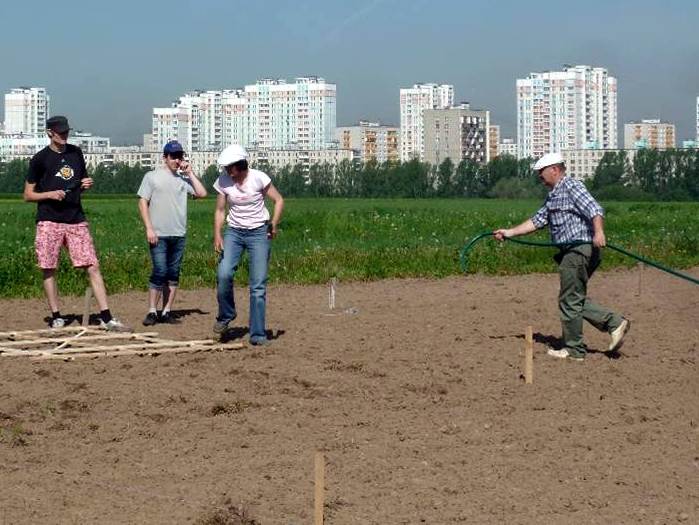
May 18, 2012. OPTIMISC multilocation trial was established in Potasch, Ukraine.

April 14-15, 2012. The 1st OPTIMISC miscanthus trial was planted in Adana, Turkey.
